Description
An almost constant refrain heard from middle school teachers in "Differentiation" Staff Development sessions is "Where can I find a book that has a bunch of these kinds of activities that I can use in my classroom?"
There are many books available about curriculum differentiation, most of them addressing theory and rationale and discussing models and strategies that support it. Demystifying is for teachers and administrators who are ready to take differentiation to the next level in their classrooms and schools, who believe that differentiation works, and who are looking for more examples of it. Within each of the 35+ topics in language arts, math, science, and social studies are detailed lessons using one of the four strategies – Tiered lessons, Think-Tac-Toes, RAFT activities, and Complex Instruction.
Topics include:
- exploring a concept through literature
- punctuation marks
- tone and mood
- characterization
- graphing and data analysis
- mean, median, mode, range
- measurement
- ratio and proportion
- fractions, decimals, percents
- cell biology
- solar system
- space exploration
- genetics
- American Revolution
- Ancient Rome
- Regions of the US
- American Civil War
- Geography of Latin America
The Middle School downloadable content has 40 completed customizable WORD files including these topic areas:Punctuation Marks, Tone and Mood,Literary Theme, Cause and Effect,Novel Study, Conflict,Characterization, Graphing,Data Analysis, Mean, Median, Mode, Range,Measurement, Ratio, Proportion,Cell Biology, Fractions, Decimals, Percents,Solar System, Geometric Measurement,Space Exploration, Positive & Negative Rational Numbers,Probability, Hydrosphere,Genetics, 2-Dimensional Plane Figures,Plate Tectonics, Chemistry,Energy, Ecology,Weather/Storms, American Revolution,Ancient Rome, Ancient Egyptian Culture,Regions of the U.S., The Civil War,U.S. Government, and The Middle Ages.
Sample Pages
CLC0434D.pdf
CLC0434C.pdf
CLC0434B.pdf
CLC0434A.pdf

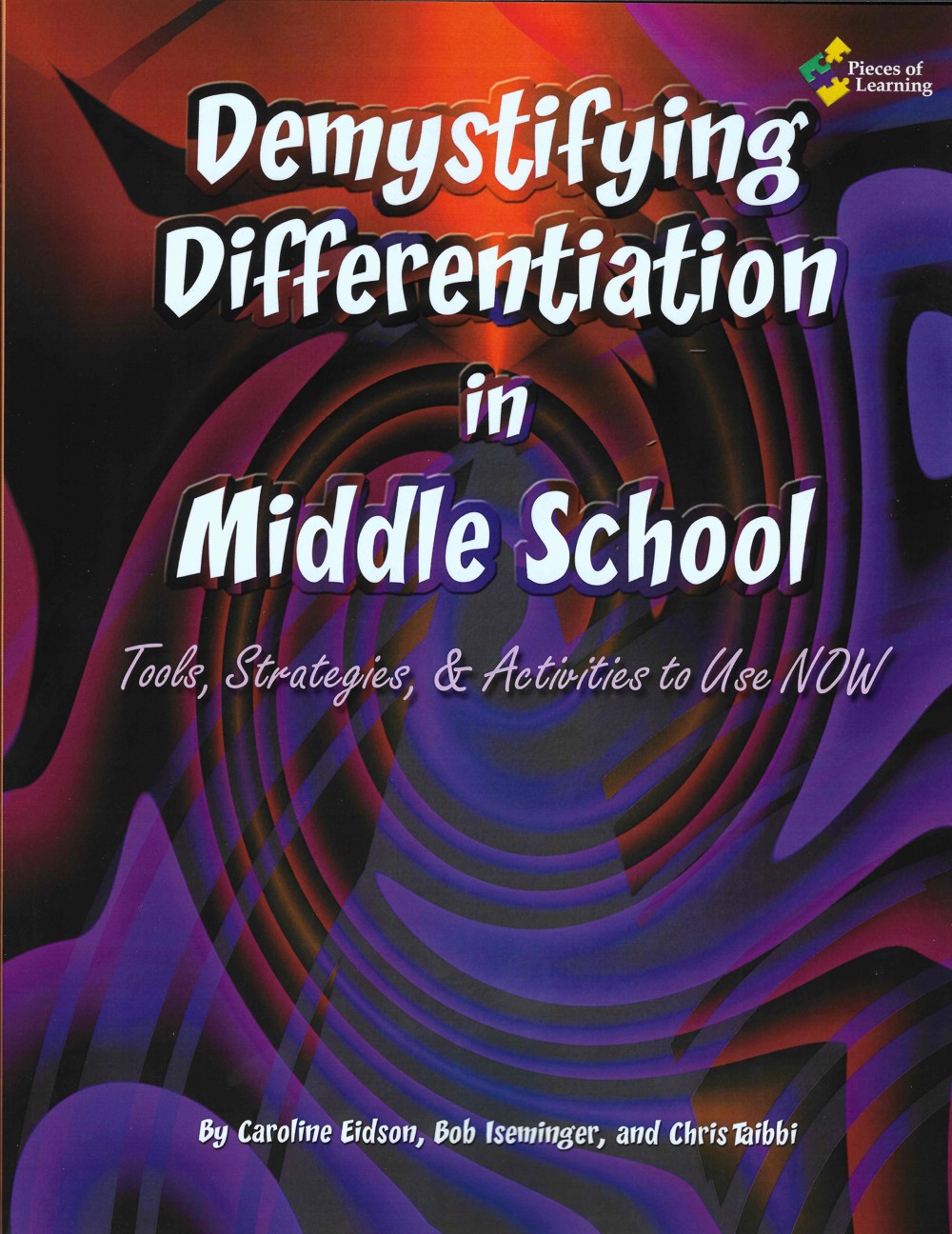
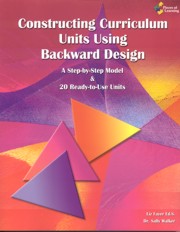
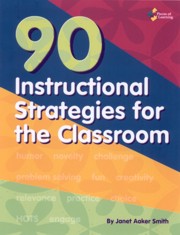
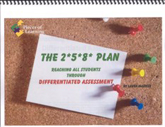
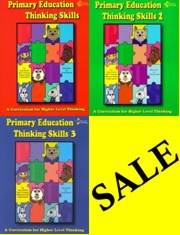
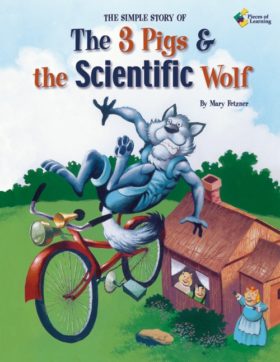
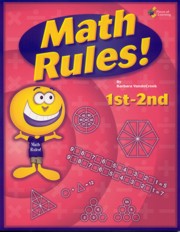
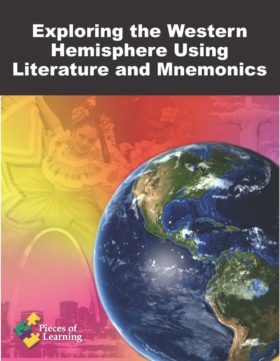
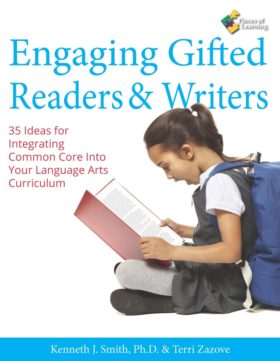
Loyal Customer –
For middle school teachers who are just getting started with differentiation, this book and its accompanying CD are an excellent resource. It has good, solid, basic information about differentiation explained in a clear, accessible way. Furthermore, tools and strategies for differentiating instruction are well summarized, without any excess verbiage. In addition, specific examples of lessons for middle-school students of all ability levels are provided for language arts, math, science, and social studies. A concluding chapter on assessment, although brief, includes some very practical pointers for teachers who can be very overwhelmed with the ideas of assessing students’ performance when the entire class is not all involved in identical learning experiences.
The CD is a highly useful adjunct to this book. All tiered assignments, R.A.F.T.s, (an acronym for Role, Audience, Format, and Topic), Think-Tac-Toes, and Complex Instruction activities in the book are found on the CD. The files are in Microsoft WORD and can be customized and saved on your computer or storage device. You cannot save them on the CD, which is a good thing, since you won’t accidentally overwrite the files on there.
In terms of providing appropriate instruction for gifted middle school students, the tiered activities in each of the “big four” subject areas provide clear and very effective guidance for teaching those at “Tier 3”, the highest level. This is a major strength of this book and CD and would be immediately useful to teachers. One “red flag” that jumps out to anyone looking it over from the perspective of concern for gifted middle schoolers is in the section on “Complex Instruction” which the authors describe as “an effective and sensible answer to the question of how to group students in mixed-readiness groups while ensuring a meaningful learning experience for all involved” (Eidson, Iseminger, & Taibbi, 2007, p. 25). A long-standing problem with the much-touted middle school philosophy has been an overemphasis on heterogeneous grouping. Any even subtly-implied endorsement of this practice needs to be viewed with caution.
This is definitely a book for middle-school teachers and could be very valuable for those who have gifted students in their classrooms, whether formally identified or not. However, principals and curriculum directors may find it useful to review the contents of this book, as well as parents who are interested in seeing how differentiated instruction can be implemented at the middle school level.
by Ellen D. Fiedler, Ph.D.